Still Life

Do you ever look at familiar objects from a new angle?

Do you ever look at familiar objects from a new angle?
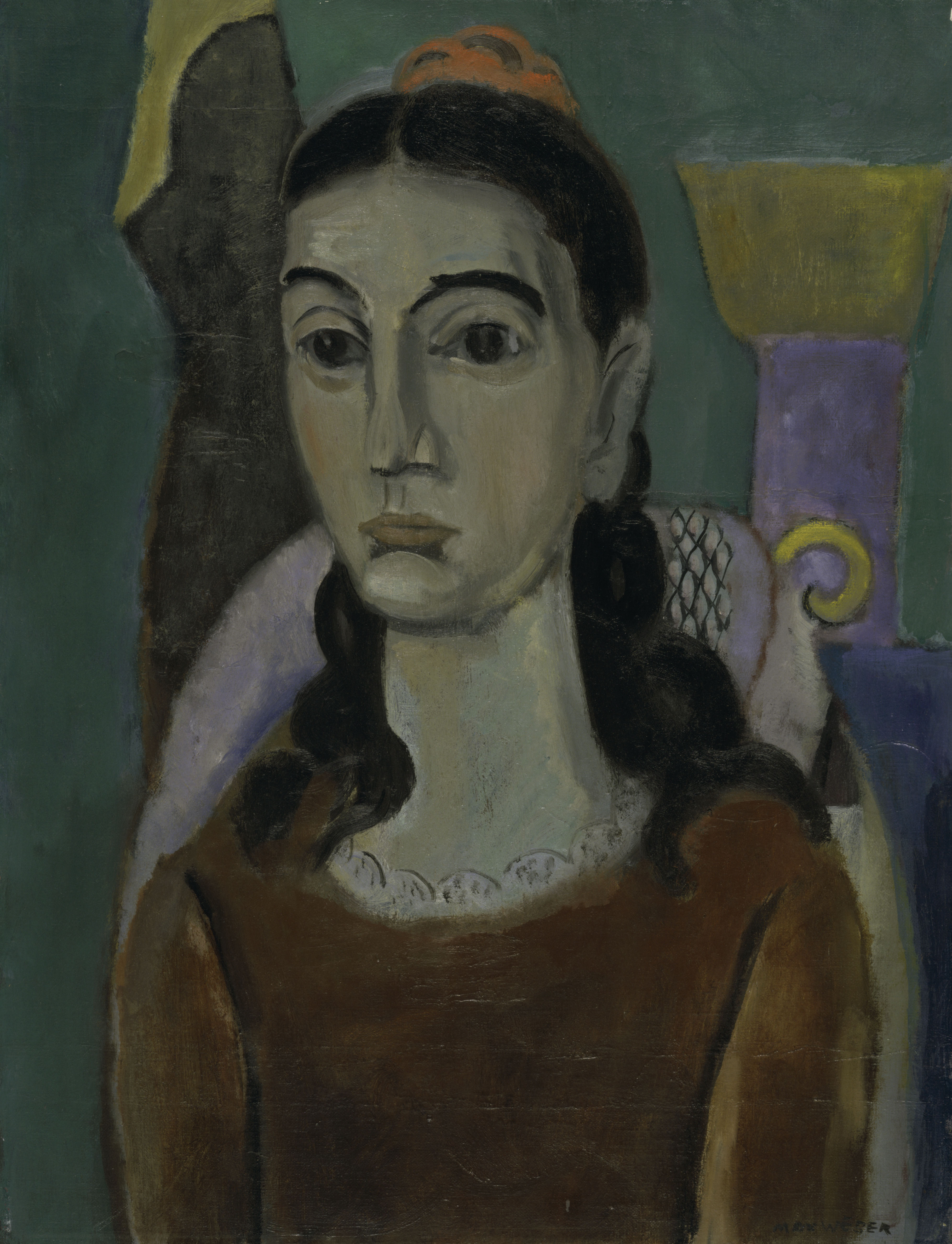
What kind of space does this person occupy?
Weber painted a series of unidentified sitters set against simple backgrounds. The subject in this painting resembles the artist’s wife, Frances. She may have served as the inspiration for some of Weber’s unidentified portraits. While portraits make up a smaller portion of Weber’s body of work, these works illustrate his enduring interest in the work of artists he admired, such as Henri Matisse, Henri Rousseau, and Paul Cézanne, as well as his ongoing interest in folk art.
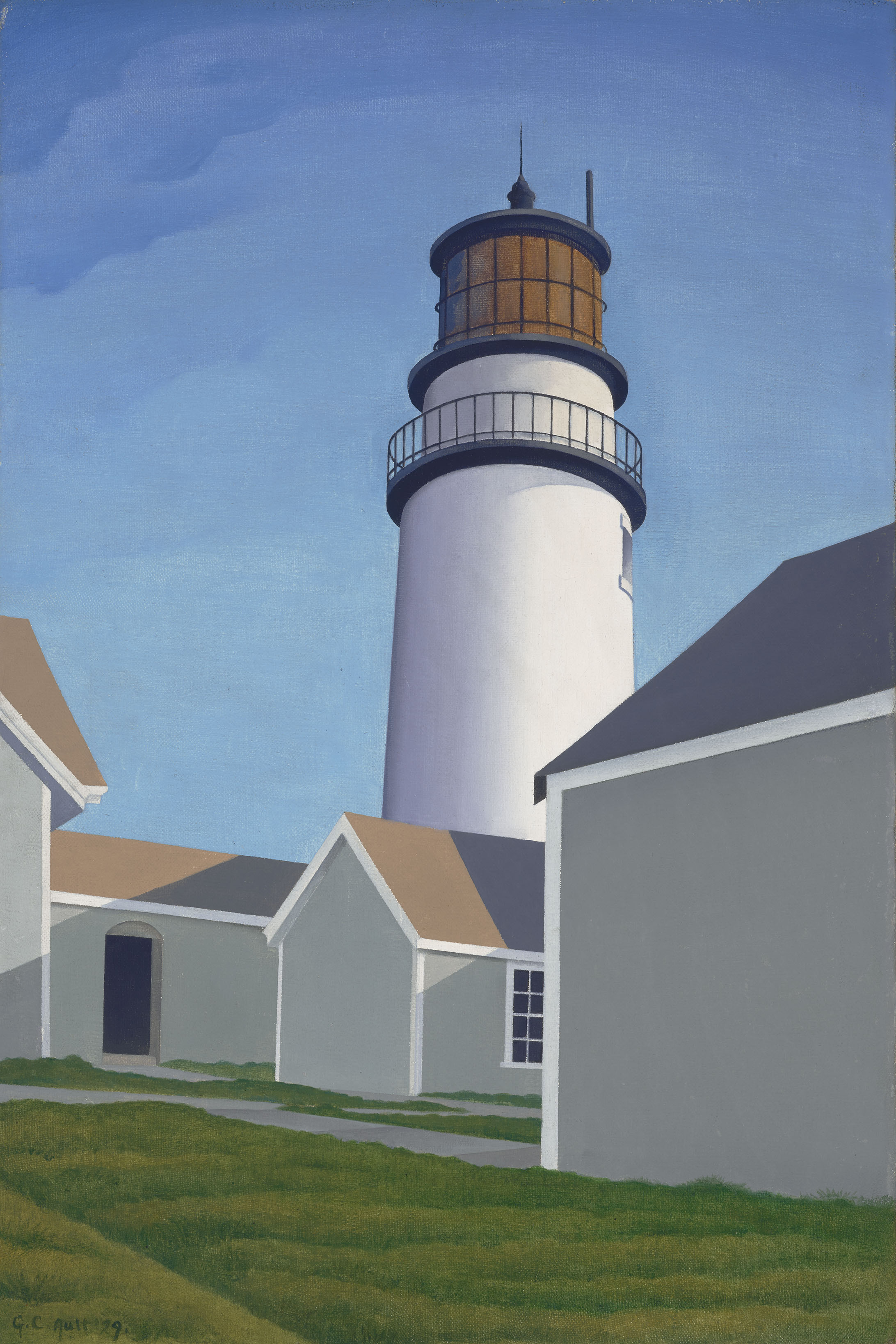
Is this painting about place or shape?
Ault’s mature style focused on a Precisionist rendering of cityscapes and industrial subjects. He also produced rural views that emphasized geometric forms, such as Highland Light. In the years between the two world wars, Precisionist artists such as Ault, Charles Sheeler, and Charles Demuth balanced a common appreciation for urban views and technological development with an interest in rural America and our shared historical past.
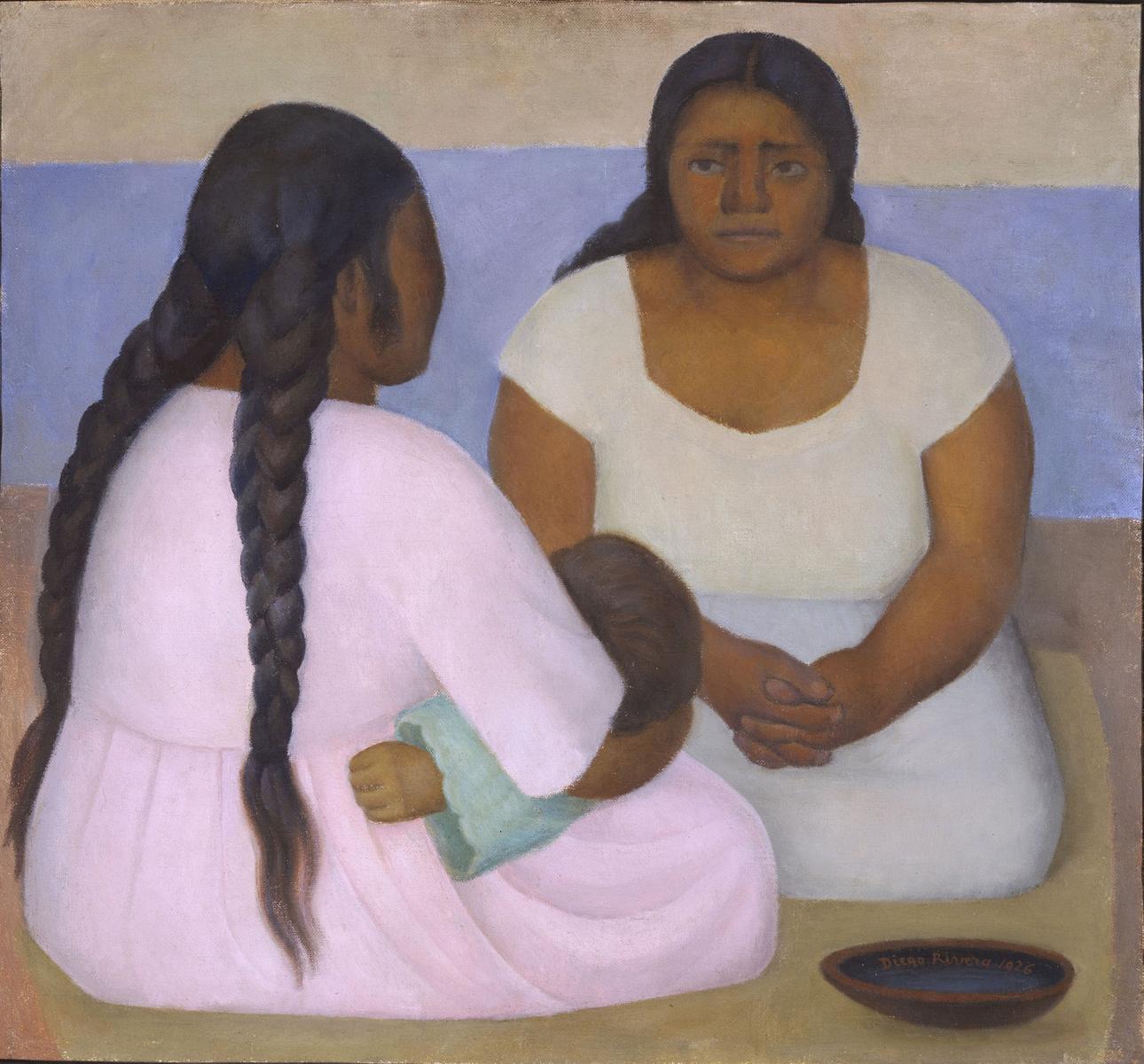
Does America have a national identity?
Rivera promoted a living link between ancient and modern Mexican art. This painting recalls Olmec stone figures or Jalisco ceramics, which could have served as models for these women. With their simplicity and grandeur, the two women also resemble the nearly contemporary classical figures of Pablo Picasso. This image may have been derived from studies Rivera made at open-air markets, and the subject of mothers and children interested him throughout his career.
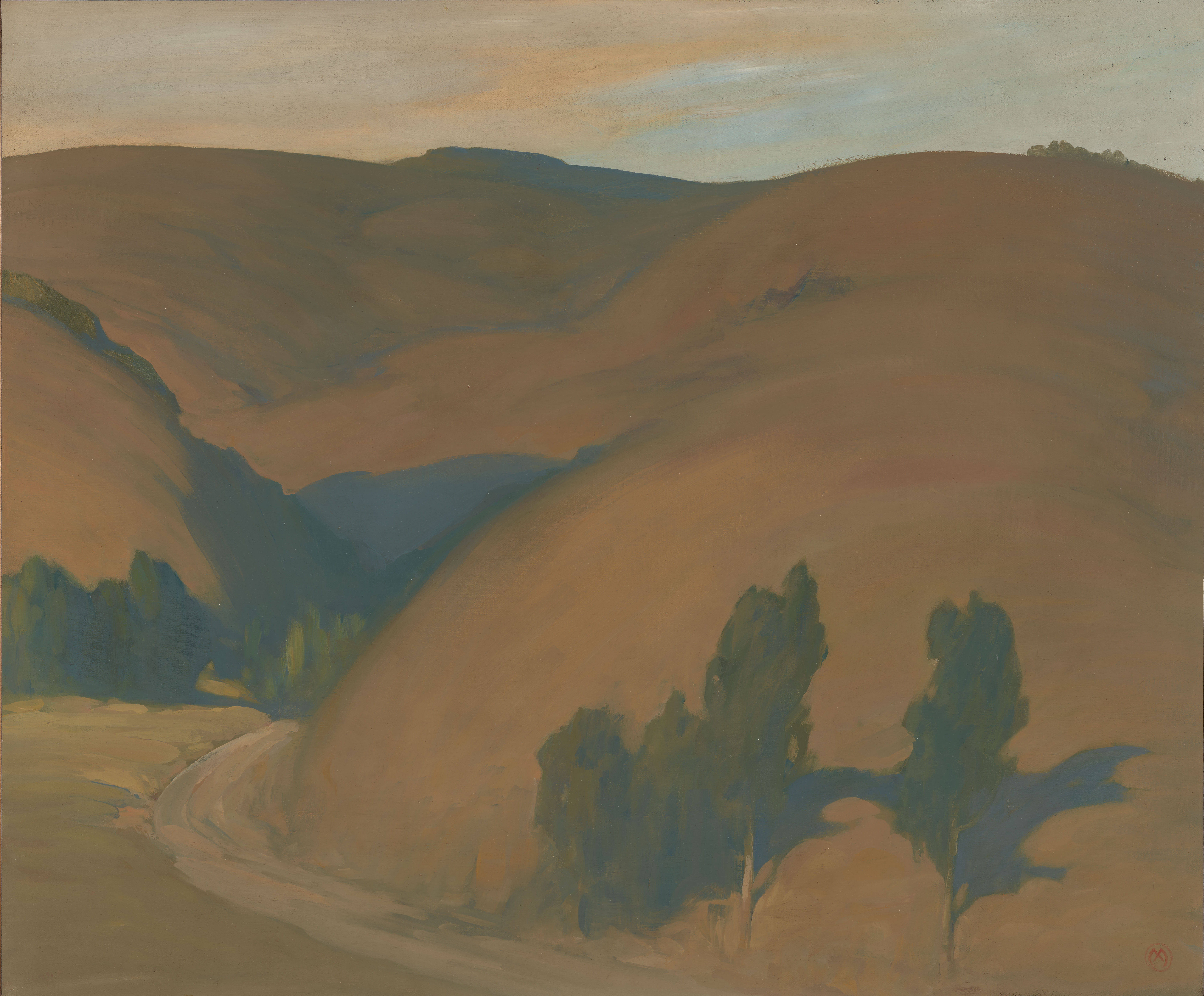
Where will you go to find opportunity?
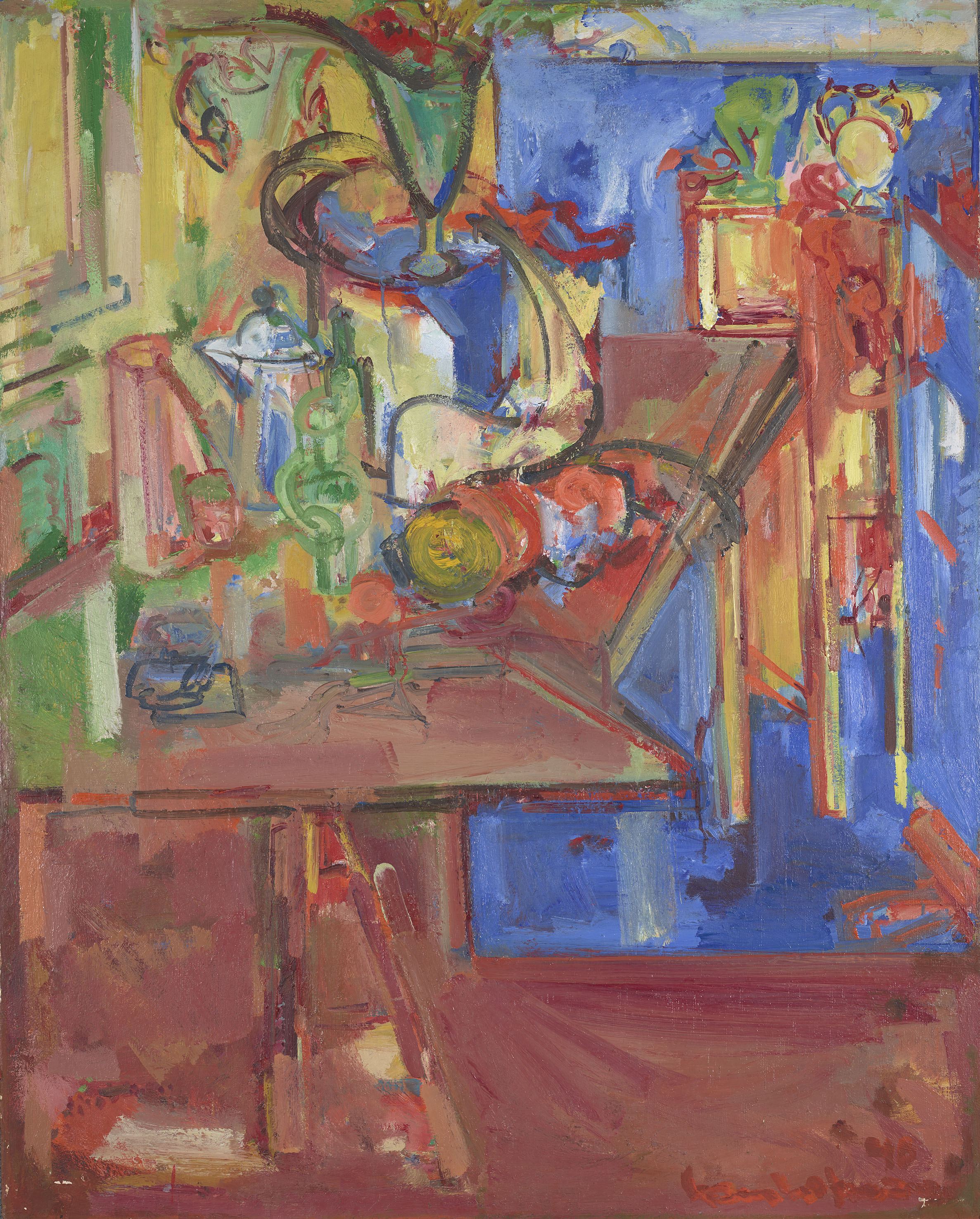
How does this work describe the process of painting?
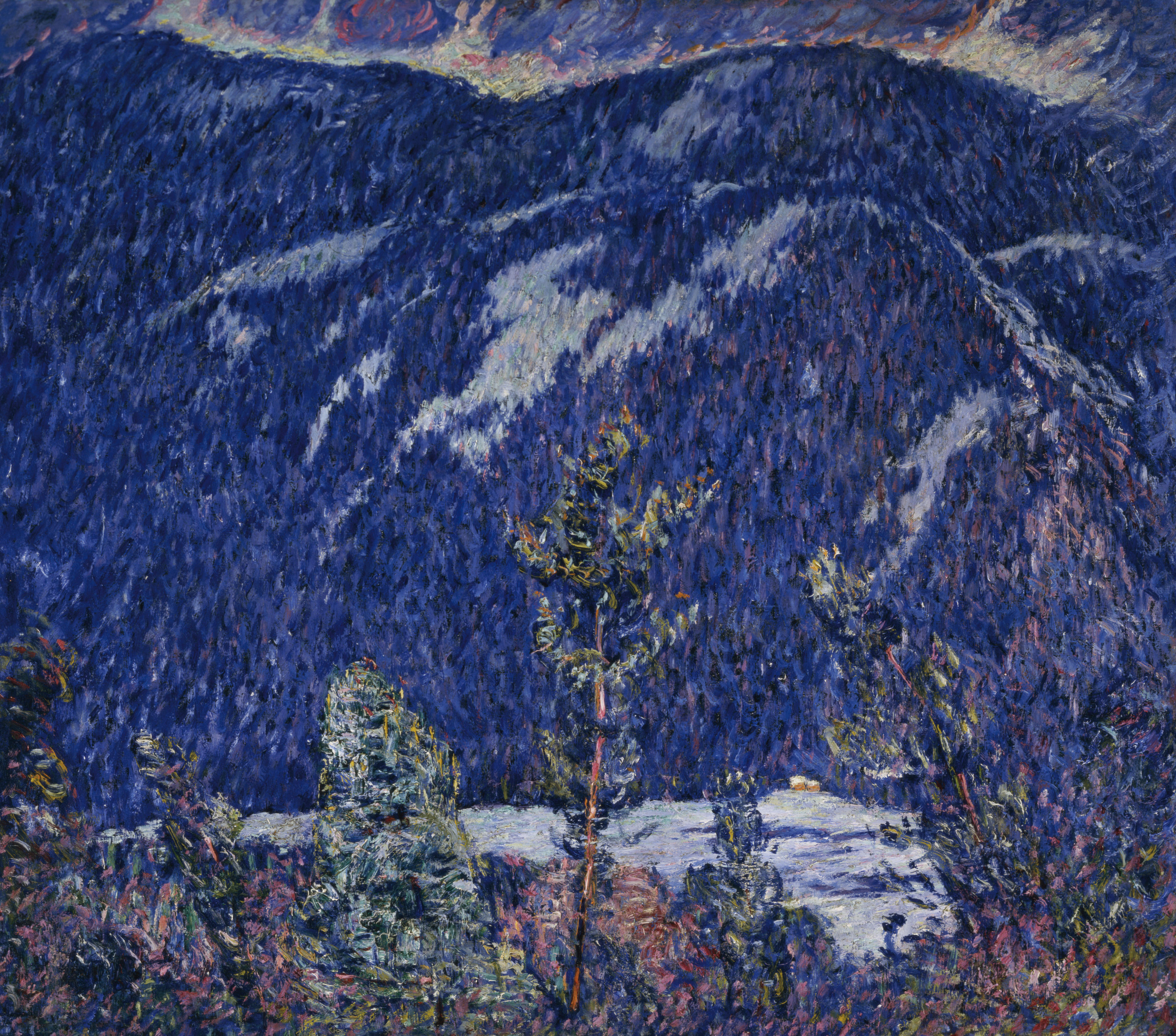
Have you ever had to work on something all alone?
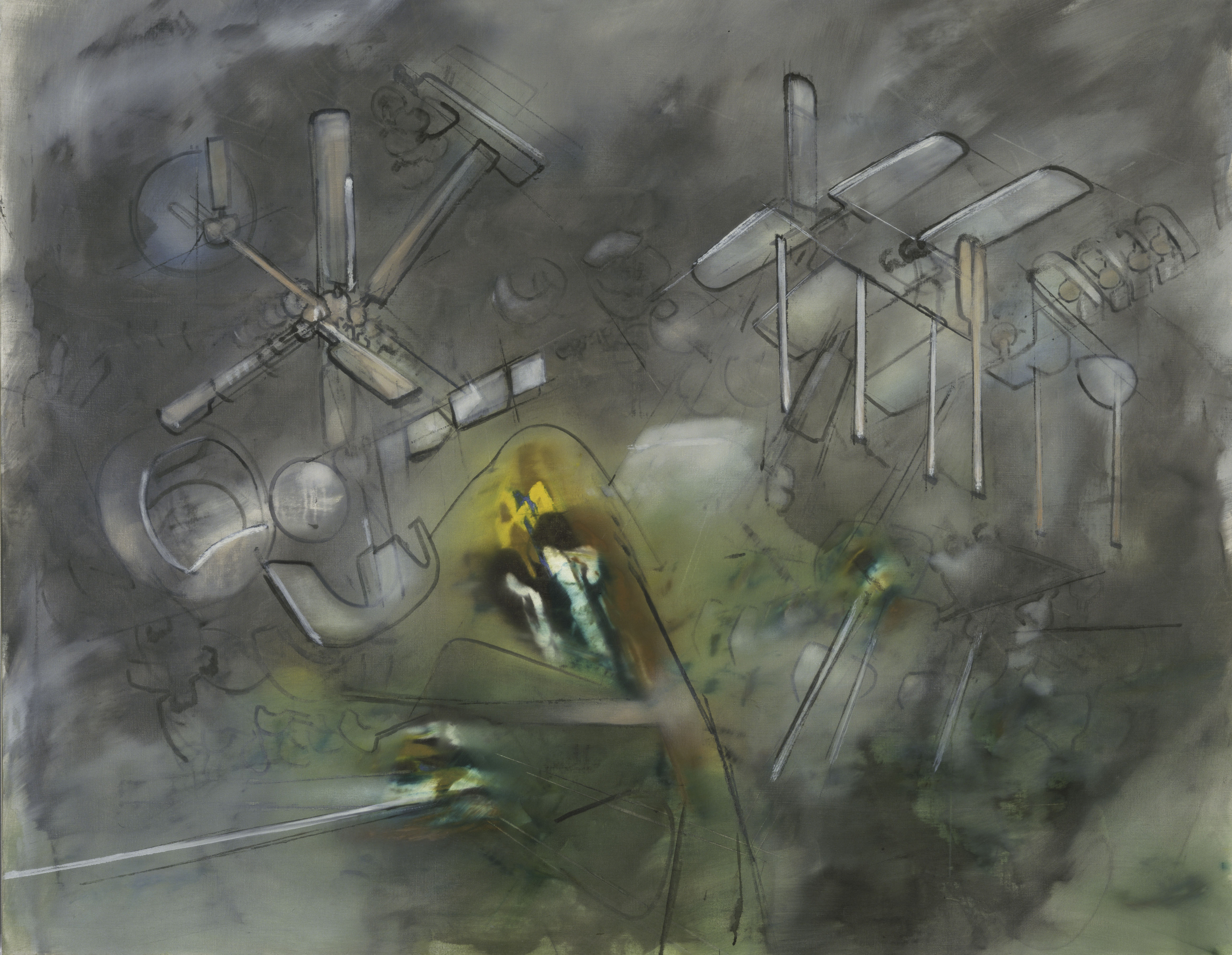
How does your mind work?
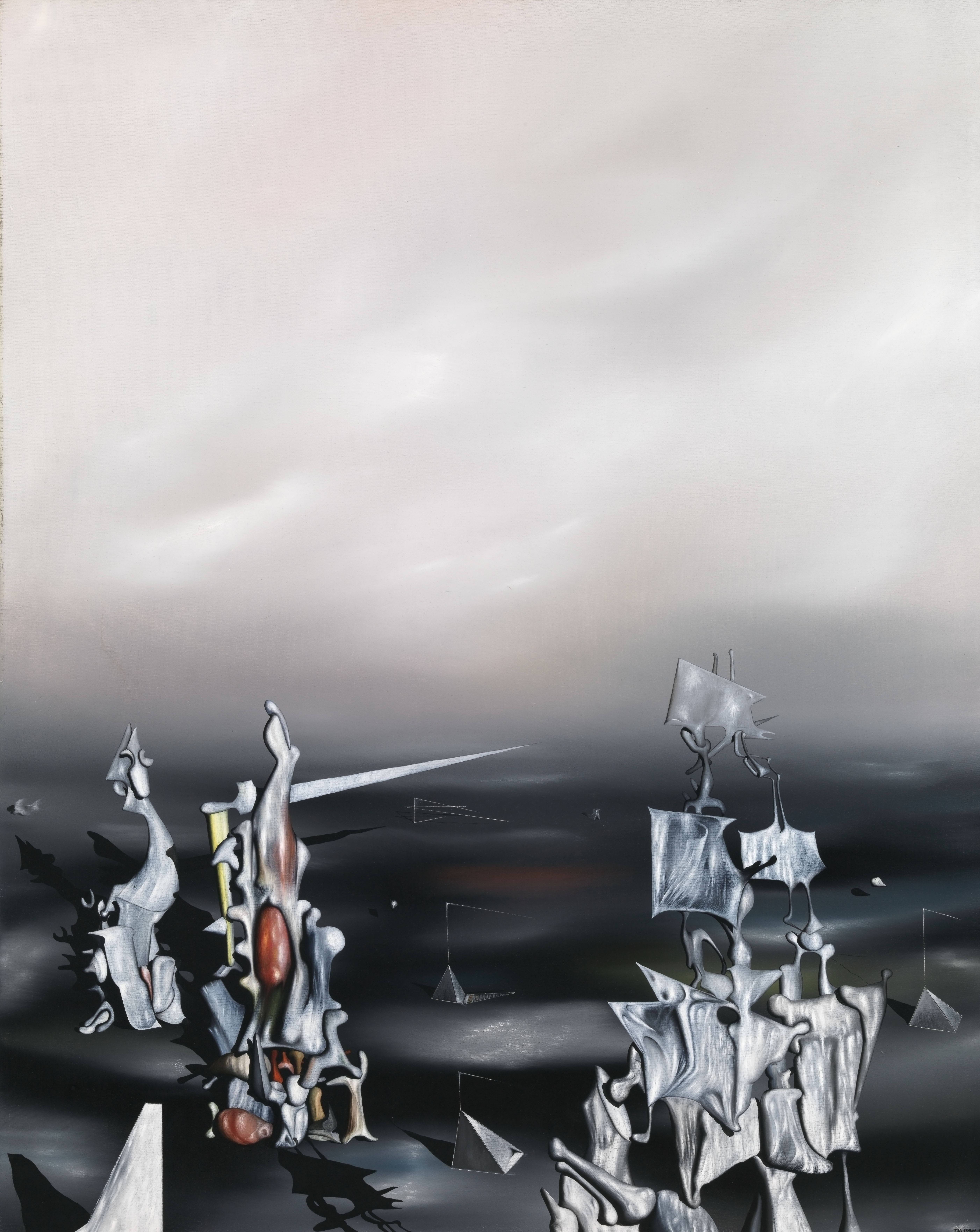
When was the last time you used your imagination?
Tanguy’s paintings depict hallucinatory, imaginary worlds and fantastic landscapes. The topography of this work, the alien terrain typical of Tanguy, invokes a world of dreams, while the smoothly applied paint contributes to a feeling of strange liquefaction. In contrast to the invented setting, the forms within this strange world are painted with a vivid clarity and realism. They appear to occupy the scene as towering monuments, casting strong shadows across the ground.
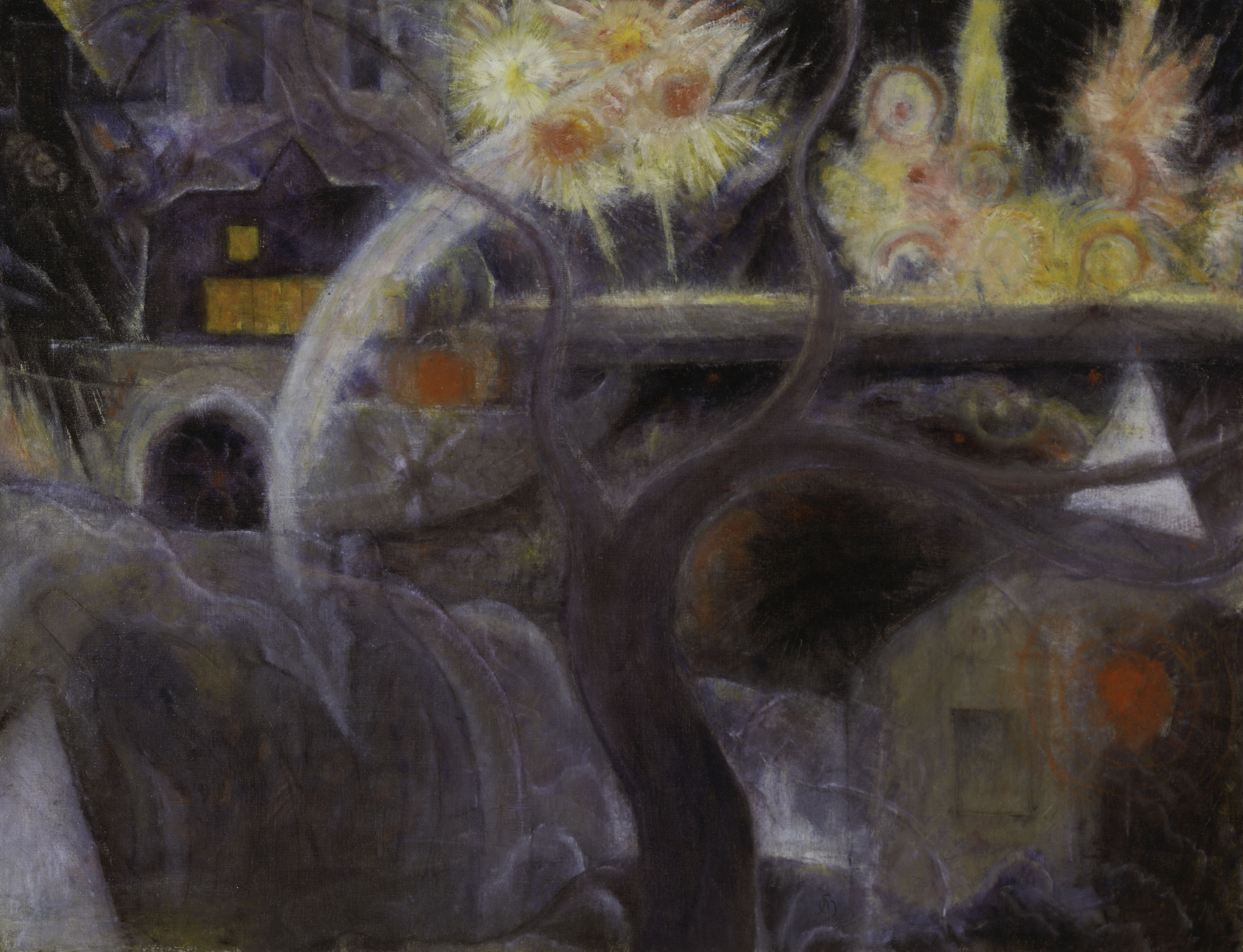
What makes a work of art spiritual?